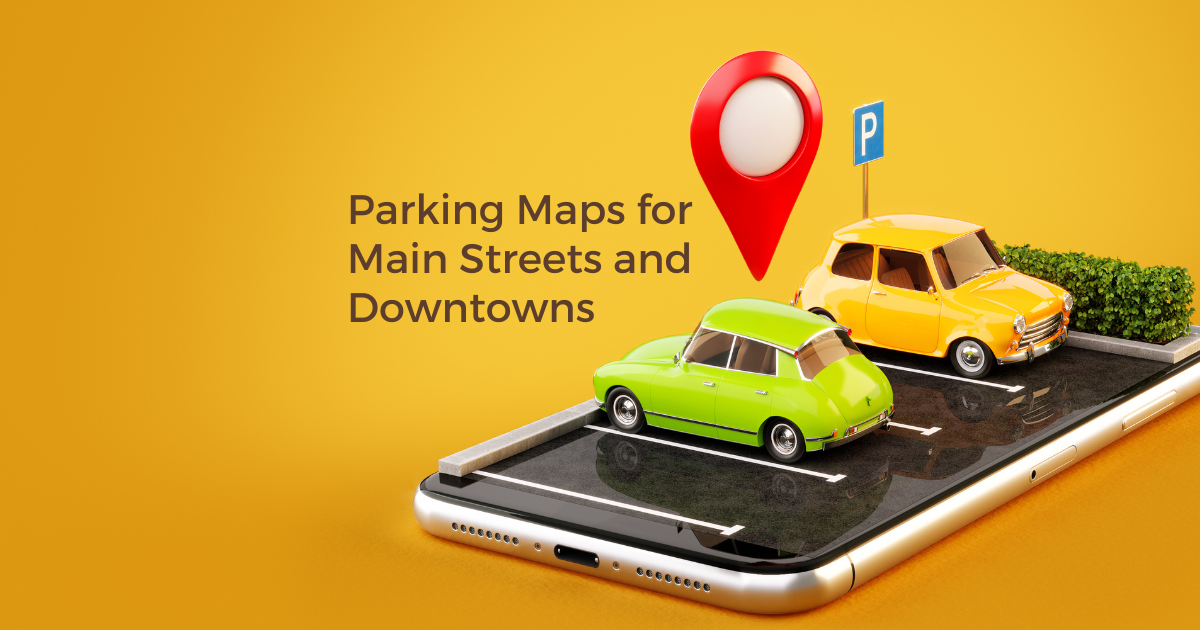
Eurasia is a landmass that encompasses Europe and Asia, where two continents converge into a single entity of diversity and richness. This massive region spreads over 54.76 million square kilometers and is home to over 5.4 billion people, making it the largest and most populous landmass on the planet. It is a tapestry of diverse cultures, languages, and traditions, ranging from the bustling cities of London and Beijing to the rolling hills of Moldova and the Persian mountain woodlands and deserts.
Eurasia is a land of stark contrasts, where the Burj Khalifa of Dubai tower over the ancient, sprawling streets of Istanbul, where the frozen tundras of Siberia contrast with the scorching Gobi desert of Asia. From the stunning architecture of St. Paul's Cathedral in the United Kingdom to the intricate designs of palaces and mosques galore, Eurasia's rich history and cultural heritage are palpable in every corner. Meanwhile, nature's canvas is on full display in Eurasia, from the majestic peak of Mount Everest to the wilds of Bosnia and Herzegovina.
With so much to offer, it's easy to see why this magnificent region has captured the hearts and imaginations of travelers for centuries. So pack your bags and let the journey begin... or, for now, get lost in our interactive Eurasia map.
Political Map Of Eurasia

The political landscape of Eurasia is a magnificent mosaic of nations, each piece a unique and intricate design. This diverse region is home to a multitude of political systems, cultures, and beliefs. Eurasia encompasses various political ideologies, from liberal democracies to authoritarian regimes. In Western Europe, countries like Germany, France, and the United Kingdom serve as models of democratic governance and prosperity. On the other hand, countries like Russia, Turkey, and Iran exercise significant control over their citizens and are often seen as obstacles to democratic reforms.
Central Asia, once part of the Soviet Union, now resembles a kaleidoscope of political hues, with countries like Kazakhstan and Uzbekistan opting for authoritarianism while others, like Kyrgyzstan, strive for democratic ideals. China, the behemoth of the East, stands tall, its communist rule solid and unchanging as it transforms into a modern technological superpower.
Despite these differences, the countries of Eurasia are all facing challenges related to economic development, political stability, and human rights. Whether they will overcome these challenges and build a more peaceful and prosperous future remains to be seen. However, the continued interaction and cooperation between these nations will be critical to ensuring Eurasia's stable and prosperous future.
Linguistic Maps Of Eurasia

Eurasia is a melting pot of diverse tongues with vibrant linguistic flavors. The most predominant are Russian, Turkish, Arabic, Chinese, and Persian.
Persian, a language that belongs to the Indo-European family, has a sweet and lyrical quality that sets it apart from the rest. It is widely spoken in Iran and Afghanistan, adding its unique flavor to the rich linguistic mix of Eurasia.
Chinese, a Sino-Tibetan language, reigns supreme as one of the most widely spoken languages on the planet. Its timeless wisdom and deep cultural roots are intertwined with the lives of the Chinese people and their descendants in China and Taiwan.
Arabic, a language that speaks volumes about the Middle East's rich history and cultural heritage, is widely spoken in the region. Its flowing and lyrical nature gives voice to the stories of the Arabian Peninsula and is the official language of several countries in the area.
Turkish, with roots firmly planted in the Turkic linguistic soil, adds a warm and lively flavor to the linguistic map of Eurasia. Its presence is felt throughout Turkey and beyond, lending its rich cultural heritage to the regions it touches.
Russian, a language from the Slavic family, has a widespread reach, echoing through the streets of Russia and many other countries in the region. It's the official language of this vast and diverse land, unifying its people with its melodic cadence.
Together, these languages form a tapestry of linguistic diversity in Eurasia; each adds its unique cultural twist to this delicious linguistic tapestry.
Physical Features Of Eurasia

Eurasia, a land of breathtaking beauty and diversity, boasts a collection of natural wonders that have inspired generations. From the awe-inspiring mountain ranges to the life-giving rivers, this vast landmass is a true masterpiece of nature's artistry.
Let's start with the mountain ranges. These giants of the earth rise to touch the skies, offering a breathtaking view to anyone brave enough to scale their peaks. The Himalayas, home to the world's highest peak, Mount Everest, towers over Asia, while the Caucasus Mountains, with their snow-capped peaks, mark the divide between Europe and Asia. And let's remember the Ural Mountains, stretching like a spine across Russia, separating Europe and Asia.

Rivers, the veins of the earth, flow through the landscapes, nourishing life and commerce along their banks. The mighty Volga, Europe's longest river, winds its way through the heart of Russia, while the Ob and Yenisei, two of Russia's largest rivers, flow from the heart of the country to the Arctic Ocean. Across Asia, the Yangtze River, the longest river in Asia, winds its way through China, supporting the life and economy of millions.
But it's not just the mountain ranges and rivers that make Eurasia unique. From the scorching heat of the Gobi Desert to the icy depths of Lake Baikal, the world's deepest lake, this landmass is full of surprises. The deserts of Eurasia, such as the Arabian Desert, are home to some of the world's most unique and fragile ecosystems. In contrast, the lakes, such as the Caspian Sea, offer a unique glimpse into the beauty and diversity of life on our planet.
The physical features of Eurasia are not only aesthetically stunning but also hold significant cultural, historical, and economic importance. From the ancient Silk Road, passing through the deserts and mountains of Eurasia, to the modern-day oil pipelines and highways, the physical features of this vast landmass continue to impact the world.
Population Map Of Eurasia

Eurasia's massive landmass is home to over 5 billion people, making it the most populous continent. Some of the most densely populated areas in Eurasia are Southeast Asia, South Asia, and Eastern Europe. These areas are a bubbling cauldron of human activity where cultures collide and intermingle.
Eastern Europe, with its rolling hills, ancient cities, and rich cultures, is a region of hidden gems. From the frozen tundra of Russia to the bustling streets of Warsaw, this area is home to over 200 million people. It is a major economic and political hub of the continent.
South Asia, with its 1.9 billion people, is the most densely populated region in the world. This area is a cultural powerhouse with a rich history that dates back thousands of years. From the bustling cities of Mumbai and Delhi to the ancient ruins of Harappa and Mohenjo Daro, this region is a treasure trove of human experience.
Southeast Asia, with its lush jungles, pristine beaches, and vibrant cities, is a region of contrasts. From tranquil rice paddies of rural Thailand to the bustling streets of Jakarta, this area is home to almost 700 million people and counting. The region is a melting pot of cultures, with influences from India, China, and the West all blending to create something extraordinary.
The maps of these regions show the distribution of population density, with areas of high density appearing in dark shades and places of low density appearing in light shades. These maps give us a visual representation of the population patterns in Eurasia and help us understand the demographic characteristics of these regions.
Related Articles
Get Inspired
View All Featured MapsAdventure Awaits!
Check out some of the latest articles on our blog





.png)
